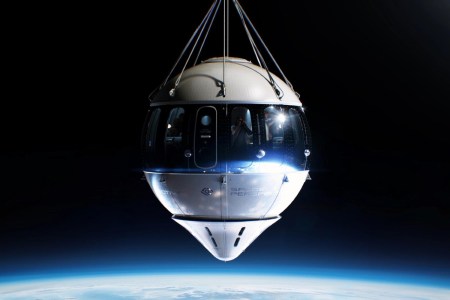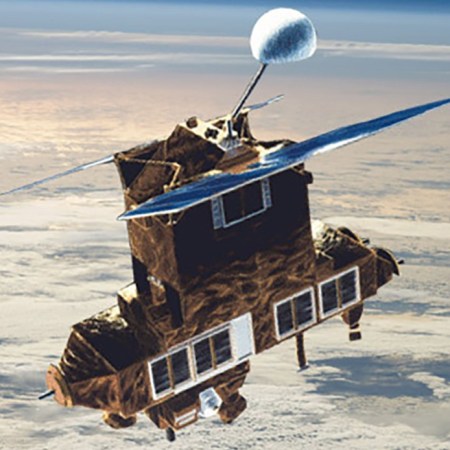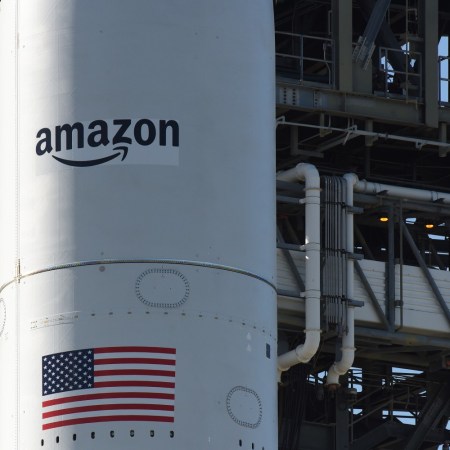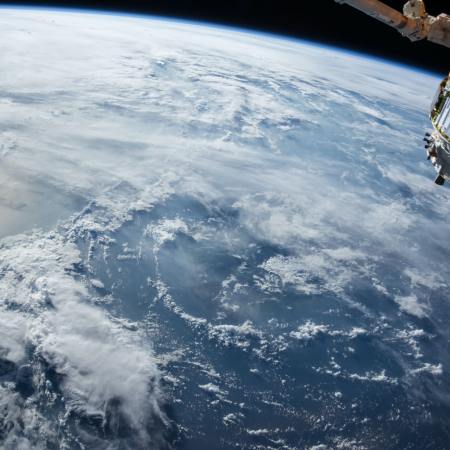Space may well be infinite. Space is also getting crowded. Can both of these statement be true? Yes, as long as the second applies to a smaller region of space — say, that in relatively close orbit to the planet Earth. And with Amazon launching thousands of satellites into orbit beginning this month, things are about to get more crowded. That’s something the European Space Agency has raised the alarm about in a recent report.
The opening line of the report makes it clear that space junk is not a new problem. “Ever since the start of the space age there has been more space debris in orbit than operational satellites,” the agency declares. What’s changed, the ESA continues, has to do with the sheet amount of orbital debris — and the odds that that debris could collide with a satellite or spacecraft.
Looking closely at the report, there are some positive signs, including technological developments that make it easier to track debris and technological advancements that allow for things like parts of rockets to make re-entry into the atmosphere after launch. Issues continue, however, with the ESA warning that the “current levels of compliance to space debris mitigation guidelines at large are insufficient for achieving a sustainable space environment long-term.”
Space Perspective Is Preparing For its First Crewed Flight in 2025
The company has a distinctive take on getting to spaceIs there an answer to what could be a looming crisis in orbit? In a statement, the ESA offered a few recommendations — including one that will likely be familiar to anyone who’s ever gone camping. “[A]ctive debris removal is required,” the agency said via a statement — in other words, doing nothing isn’t enough. And while the idea of sending vehicles into space might not be the most thrilling form of space travel, it could mititgate many crises to come.
This article appeared in an InsideHook newsletter. Sign up for free to get more on travel, wellness, style, drinking, and culture.



















